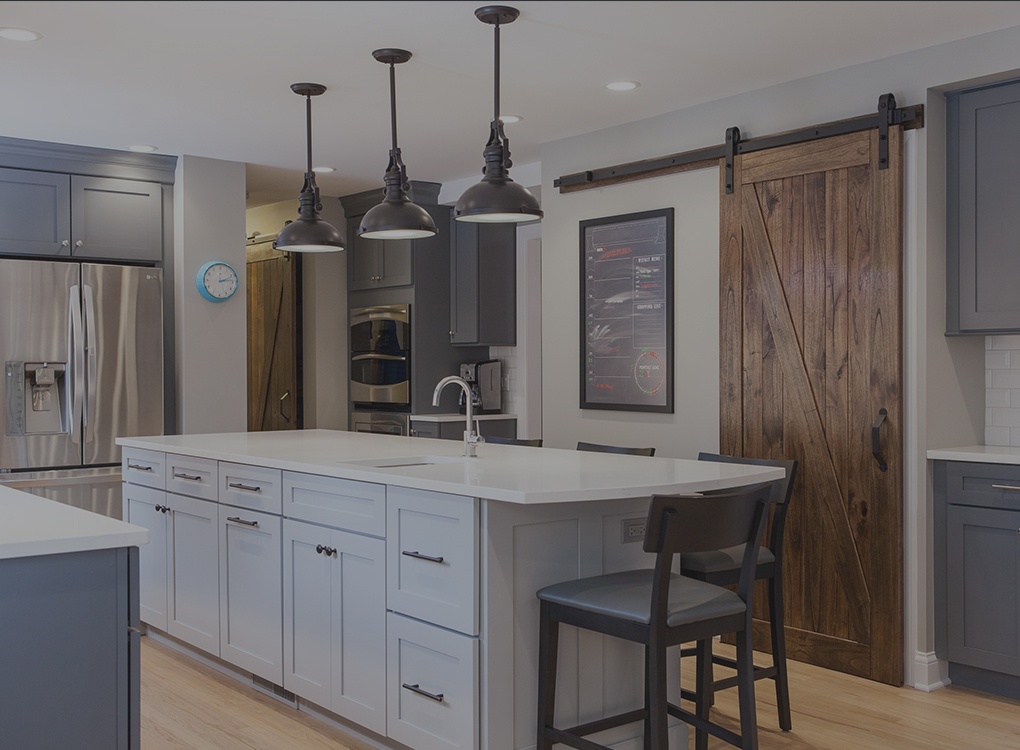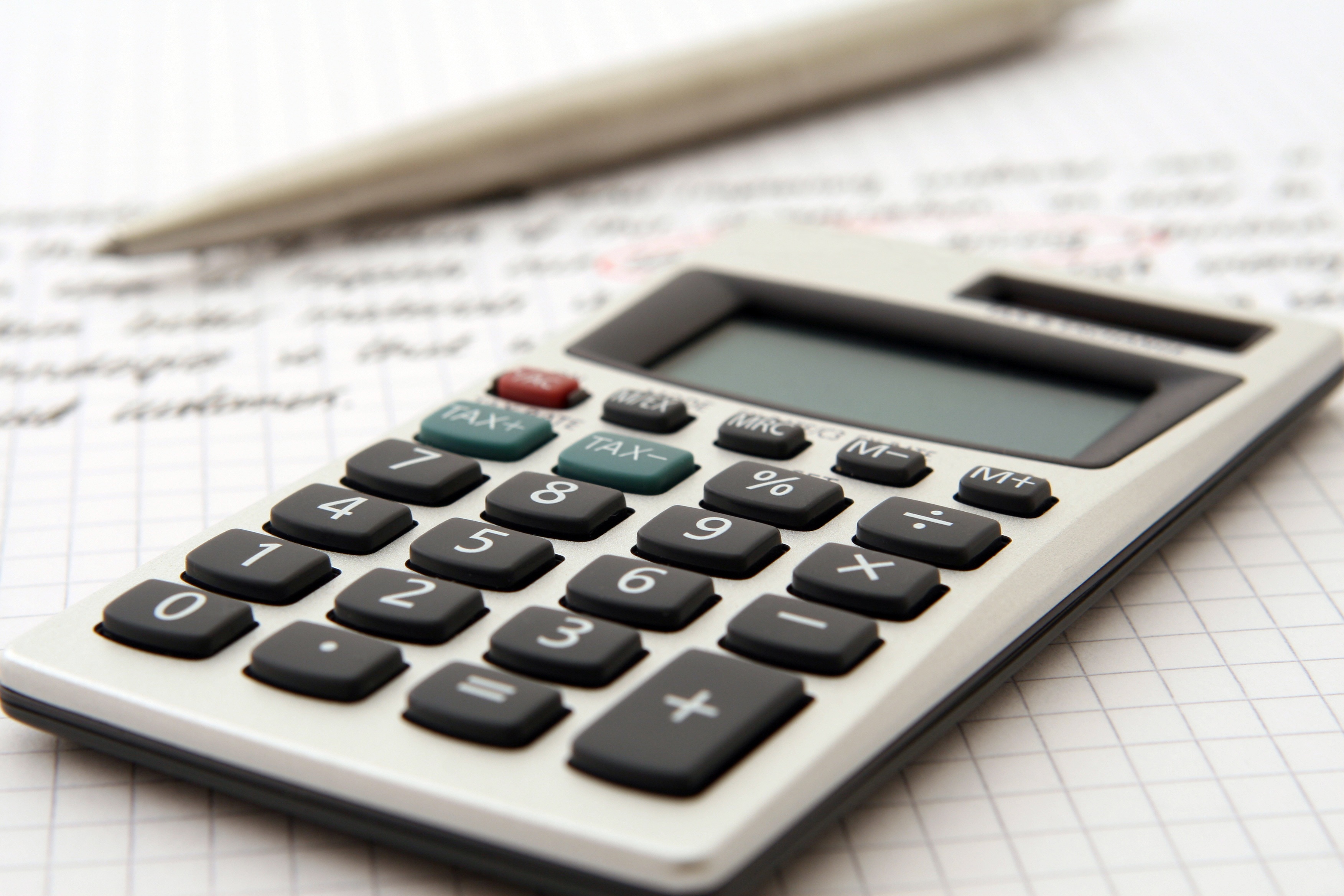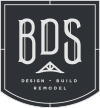With 2017 behind us, it’s time to begin planning for the upcoming April tax season. Taxes aren’t anyone’s favorite subject, but we do have some news you’ll like: if you completed a large-scale home remodeling project with a Chicago North Shore area remodeler in the last year, you may be able to take advantage of home improvement tax credits and tax deductions for 2017. Our research shows that there are three types of home improvements that qualify for tax breaks:
1. Energy-Efficiency Upgrades
While not every energy-efficiency upgrade qualifies as a tax write-off, some certainly do. For example, you can’t write off a new, energy-efficient appliance like a refrigerator or microwave. You can, however, receive a 30% federal tax credit on the cost of qualifying solar panels, small wind turbines, solar water heaters, geothermal heat pumps, and fuel cells.
Better still, the 30% home improvement tax credit in 2017 applies to the cost not only of the energy-saving device itself but also to the cost of labor and installation. Note that fuel cells are the only energy-saving appliance that has a cap on the expense amount you can claim.
Naturally, you can only claim these credits for the same tax year in which you purchased the items. (So you can’t claim credits for a solar water heater purchased in 2016 or before.) Be ready to support your claim with a Manufacturer Certification Statement. (Click here for more information about energy-efficiency write-offs.)
2. Health Modifications
Home remodeling improvements that can be qualified as “medical expenses” may also be deducted. In general, almost all universal design home modifications may be qualified as health modifications since they are classified as medically necessary.
Examples of such modifications include installing entrance and exit ramps, placing handrails, lowering cabinets and sinks to be more easily accessible, widening doorways, replacing a bathtub with a zero-threshold shower with a built-in seat, etc. Naturally, such modifications cannot be deducted if they are made to suit architecturally aesthetic preferences or to increase the value of your home for resale, but if they are legitimately made for medical wellbeing, they are certainly valid. (Read more about medical expense deductions here.)
3. Financing with Your Mortgage
Finally, you may also be able to deduct expenses if your mortgage included a provision for home improvements. If you make home improvements soon after purchasing your home and use your mortgage to help finance them, you can deduct the applicable interest from your income and include it as part of your mortgage interest deduction.
Making Use of This Knowledge
As you calculate your 2017 tax credits and deductions, be sure to double check all of your claims with your personal accountant. If you didn’t make major home improvements in 2017 but plan to do so in 2018, be sure to keep these expense write-off options in mind for the future, and always be sure to carefully save and file applicable home improvement receipts!



![Download our 2018 Chicago North Shore Remodeling Cost Report [PDF]](https://no-cache.hubspot.com/cta/default/2583273/52a278c0-c0ef-4c93-95a1-4a2066bccfd2.png)








